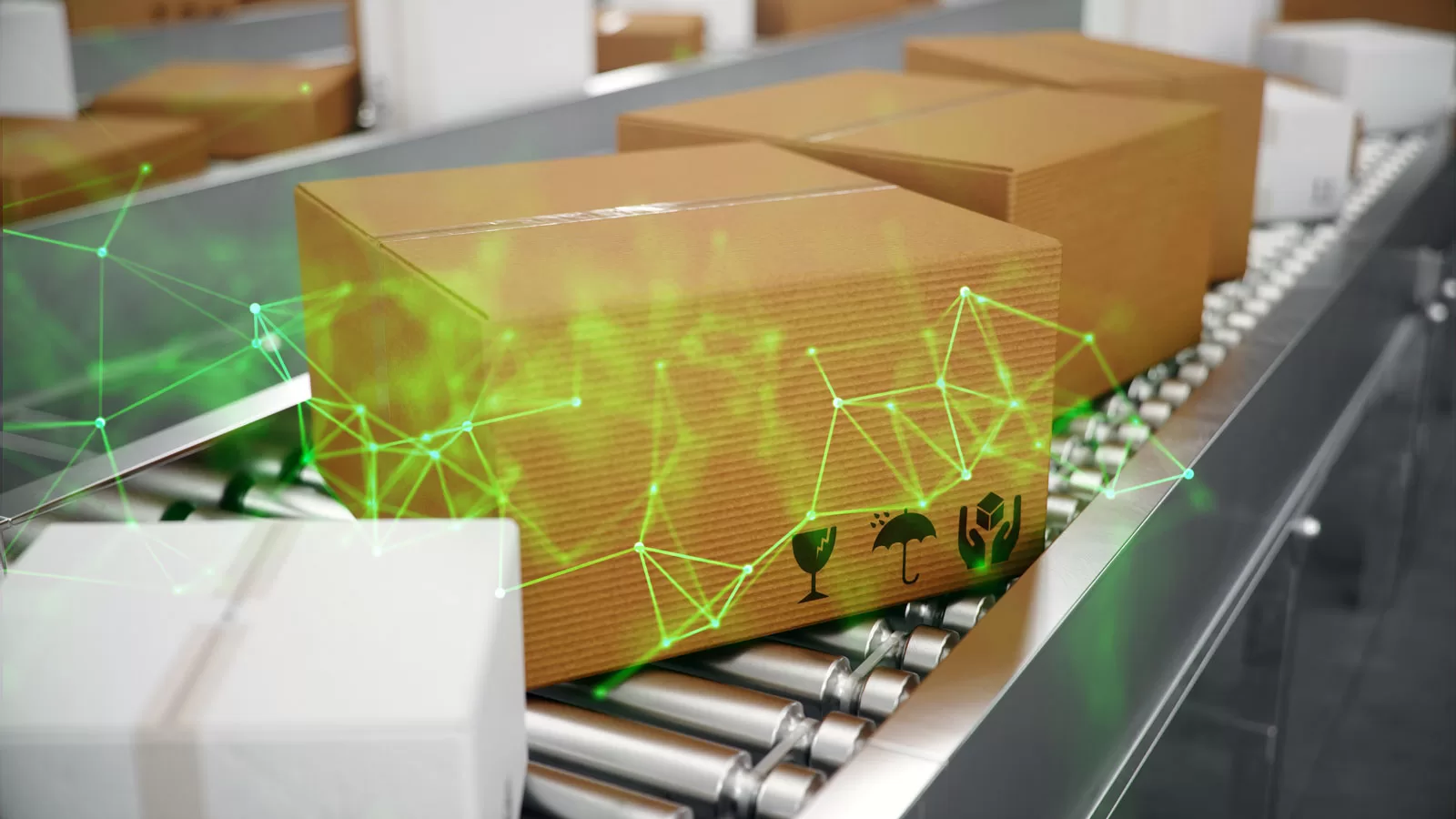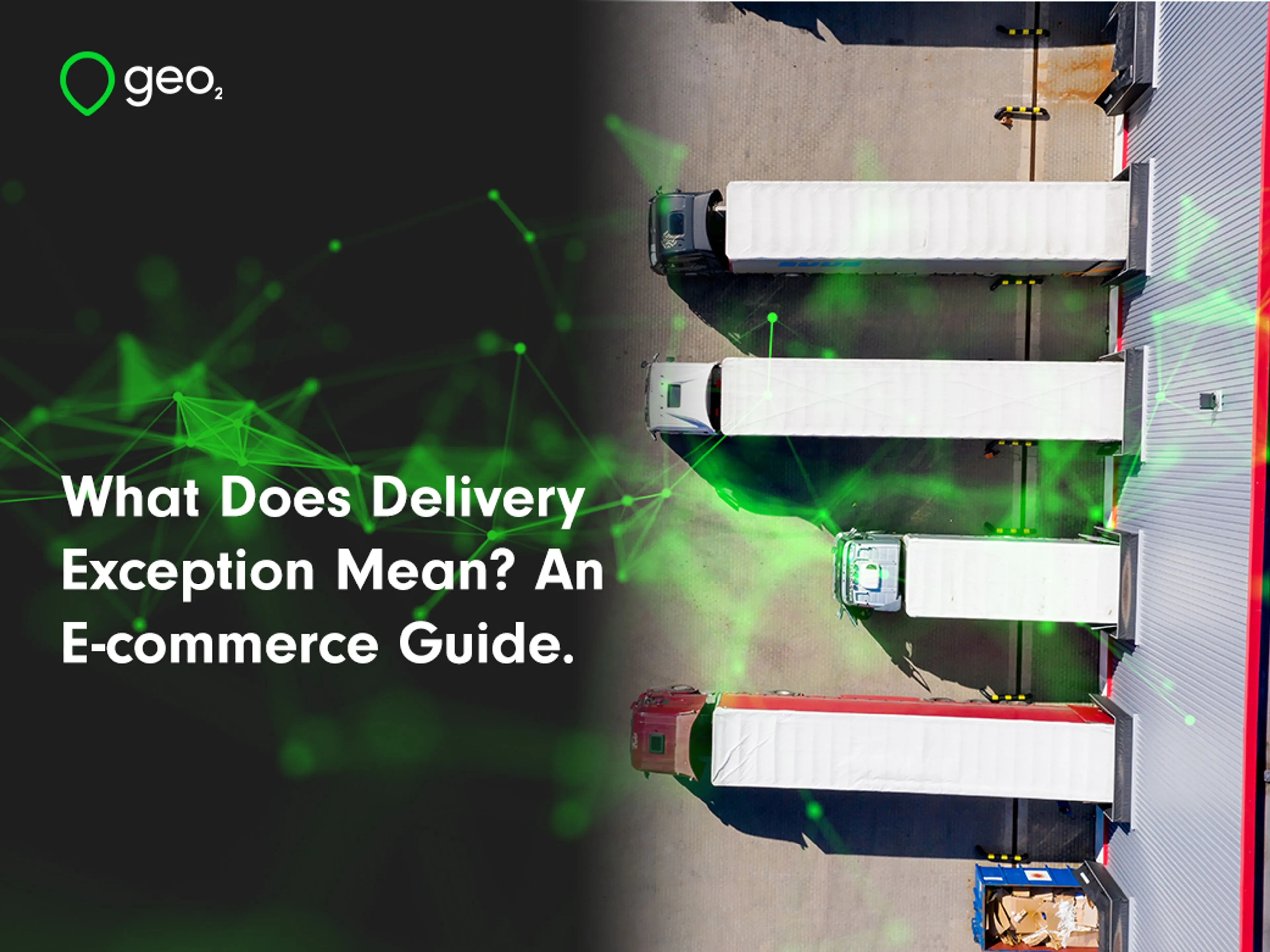Introduction.
"Arrived at local facility" is a tracking status that can often leave package recipients both relieved (it's close!) and anxious (why isn’t it here yet?). For the shipping industry, and anyone who eagerly awaits a delivery, it's a phrase that encapsulates a crucial point in the logistic web. This deep-dive blog post not only deciphers the phrase but also provides valuable insights into the entire logistics process – a must-read for anyone sending or receiving packages.
Most of us have experienced the whirlwind of emotions that comes with tracking a package. Whether it's a much-anticipated gadget or essential supplies, the desire to know the exact whereabouts of your precious cargo is universal. "Arrived at local facility" is one crucial status message that sheds light on the latest location of your package, but what does it really mean?
Understanding the Process.
When your shipment hits the local facility, it’s in the final stretch of its logistics marathon. This pivotal stage is typically the last stop before a package heads to its destined address. What happens after the "arrived at local facility" status update depends on the processes and methods of the specific shipping company – a well-oiled machine could mean a quicker handover to the local carrier, while issues might require a little more time and attention.
The life story of a package can vary, but generally, after it arrives at the local facility, it will undergo a series of steps that include unloading, scanning, sorting, and sometimes, even repackaging. This is the stage where all the preparations for the final delivery begin. In a perfect world, the package would be on your doorstep shortly after this status update. But as with any complex system, there’s always room for hiccups.

Possible Scenarios.
Understanding these next steps and being aware of potential issues can help demystify the process. Delays might occur here if the facility is overloaded, there’s a mis-sort, a shortage of local carriers, or if there’s a question about the package's accuracy or safe transportation.
If there are no issues, the exciting part follows, where the package is typically sorted according to its end destination and loaded onto delivery trucks or aircraft. During peak times or with particularly sensitive shipments, there may be more sorting or checks involved. For example, a perishable item might need to be processed much faster than a book or a piece of clothing.
Impact on Customers.
Having a package marked "arrived at local facility" can bring relief as it signifies proximity. Conversely, it could increase impatience if you're expecting a swift next-day delivery. Understanding the typical process and potential issues can go a long way in managing expectations. Additionally, there are advanced technologies in logistics, such as Geo2, but tracking with some companies can be limited. Sometimes packages can teleport from one location to another without updates in between.

Managing Expectations.
Logistics companies often have service level agreements to manage customer expectations of delivery times. These are a good guideline but are based on optimal conditions. Real-world scenarios, like weather, peak delivery times (think holidays and promotions), and even unprecedented events (like the pandemic-related surge in e-commerce) can all impact these timelines.
Tracking Accuracy and Communication.
The accuracy of tracking information depends on a multitude of factors, including the robustness of the carrier's tracking system, the visibility they have within their network, and their communication to partners and customers. Some carriers may have more sophisticated tracking systems that provide real-time updates, while others might have less visibility once the package leaves the facility.
Conclusion.
The logistics behind shipping are intricate. The next time you see "arrived at local facility" on your package’s tracking information, you'll understand that it's only one piece of a much larger puzzle. It's a milestone that your item has made it to the final leg of its journey, and soon enough, it will be in your hands. Remember that patience is key, and if there are any bumps along the road, reaching out to the right channels can often set things back on course.
Through better understanding and informed communication, we can all contribute to a smoother, more efficient shipping process. And as we continue to send and receive packages, we can appreciate the remarkable coordination and technology that goes into every delivery, from the initial "order confirmed" to the final "package delivered." Happy shipping!
FREQUENTLY ASKED QUESTIONS
Post the "arrived at local facility" status, the package’s next move is usually a "out for delivery" or "in transit" message, which means it is making its way to you. If you're the recipient, keep an eye out for these updates, and prepare for the package's actual arrival.
Related posts

What Does Shipped Mean? A Simple Guide
You've placed your order and now you're waiting for that exciting email update. Then it arrives: "Your order has shipped." It sounds like good news, but what does shipped mean, exactly? Is it on your doorstep? Is it even in the same city yet? If you've ever found yourself asking, "what do shipped mean?" when looking at your tracking information, you're not alone. The world of online shopping has its own language, and knowing what each term means can save you a lot of stress. This guide will break down the entire shipping process, from the moment your item leaves the seller to when it arrives at your door.

What does 'Out for delivery' mean?
In logistics and distribution, the term 'out for delivery' can be so much more than just a status update. For the customer at least, it's a promise that signals an imminent arrival – often the delivery of an order that is eagerly anticipated. It marks a crucial phase in the journey of a package. For logistics companies and independent delivery drivers, understanding the nuances of this stage is essential in delivering efficient operations and customer satisfaction. So, what exactly does ‘out for delivery’ mean and how does it fit into the delivery process as a whole?

Protecting Yourself From a Parcel Delivery Scam.
In the golden age of online shopping, the number of parcels shipped daily has skyrocketed to unprecedented levels. This surge in parcel deliveries transforms how we buy and sell, making our lives infinitely more convenient and connected. However, it also opens a new arena for fraudsters to play their deceitful games. Parcel delivery scams have become a sophisticated and widespread menace, targeting unsuspecting shoppers and small business owners alike. These scams can result in financial losses, identity theft, and even physical harm.

Understanding Signed for Delivery: A Comprehensive Guide
Shipping a package or an important document can be a nail-biting experience. Especially when it's something valuable, time-sensitive, or legally crucial, knowing that it's reached its destination safely can provide peace of mind unlike anything else. This is where 'Signed for Delivery' or 'Recorded Delivery' comes into play. In our comprehensive guide, we'll unpack everything you need to know about this pivotal part of the shipping experience, learning about its ins and outs, costs, and when it's an essential addition to your delivery method.

Dispatch Meaning in Delivery: What Does it Mean?
In the world of e-commerce, efficient logistics are crucial for staying competitive. One crucial aspect of logistics that can make or break your business is dispatch delivery. But what exactly does dispatch delivery mean, and why is it so important? This post breaks down a key concept for e-commerce and logistics managers. It explains why it matters and gives tips to improve your operations.

What Does Delivery Exception Mean? An E-commerce Guide.
In the ever evolving e-commerce sector, efficient and reliable logistics are key. But, what happens when there's an issue in your delivery timetable? Delivery exceptions take center stage in such scenarios. E-commerce and logistics need to handle delivery problems well to keep customers happy and avoid business disruptions. This guide will delve into delivery exceptions, their impact on businesses, and strategies for effective management.
